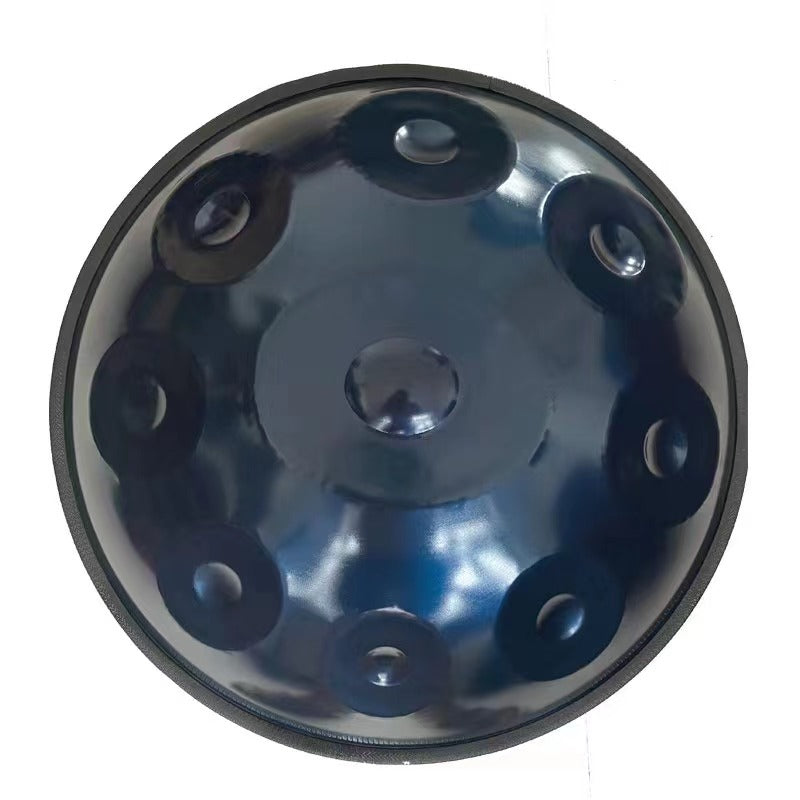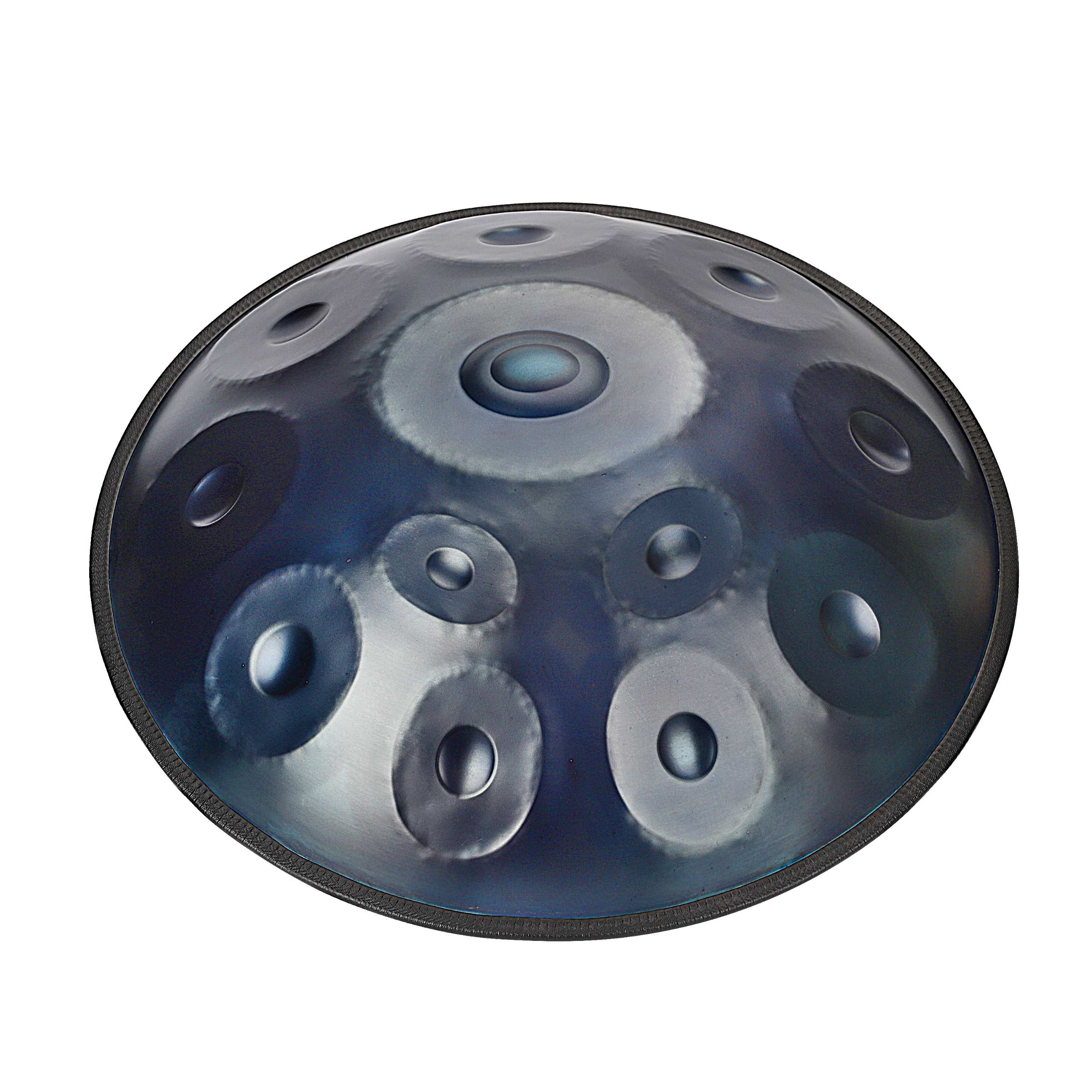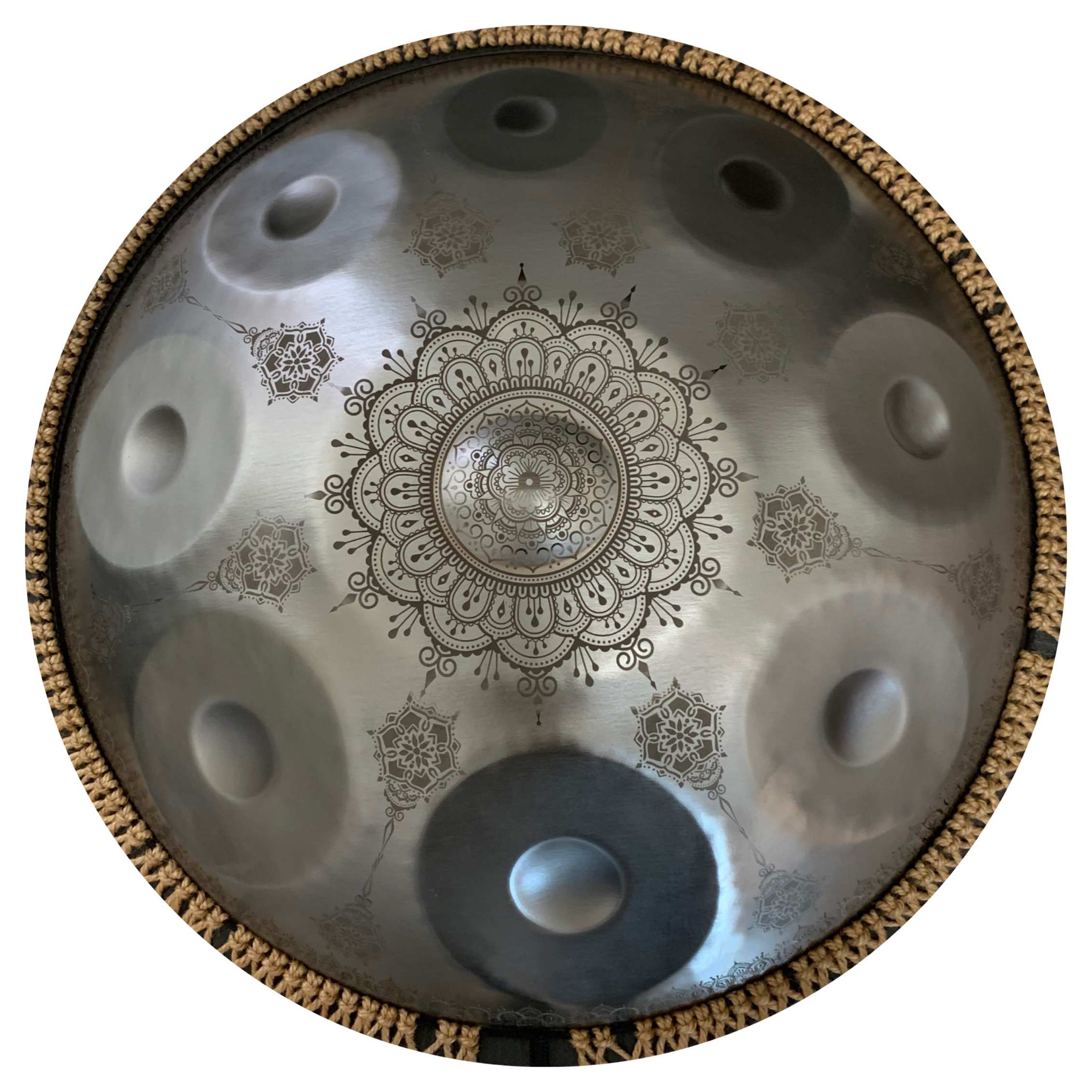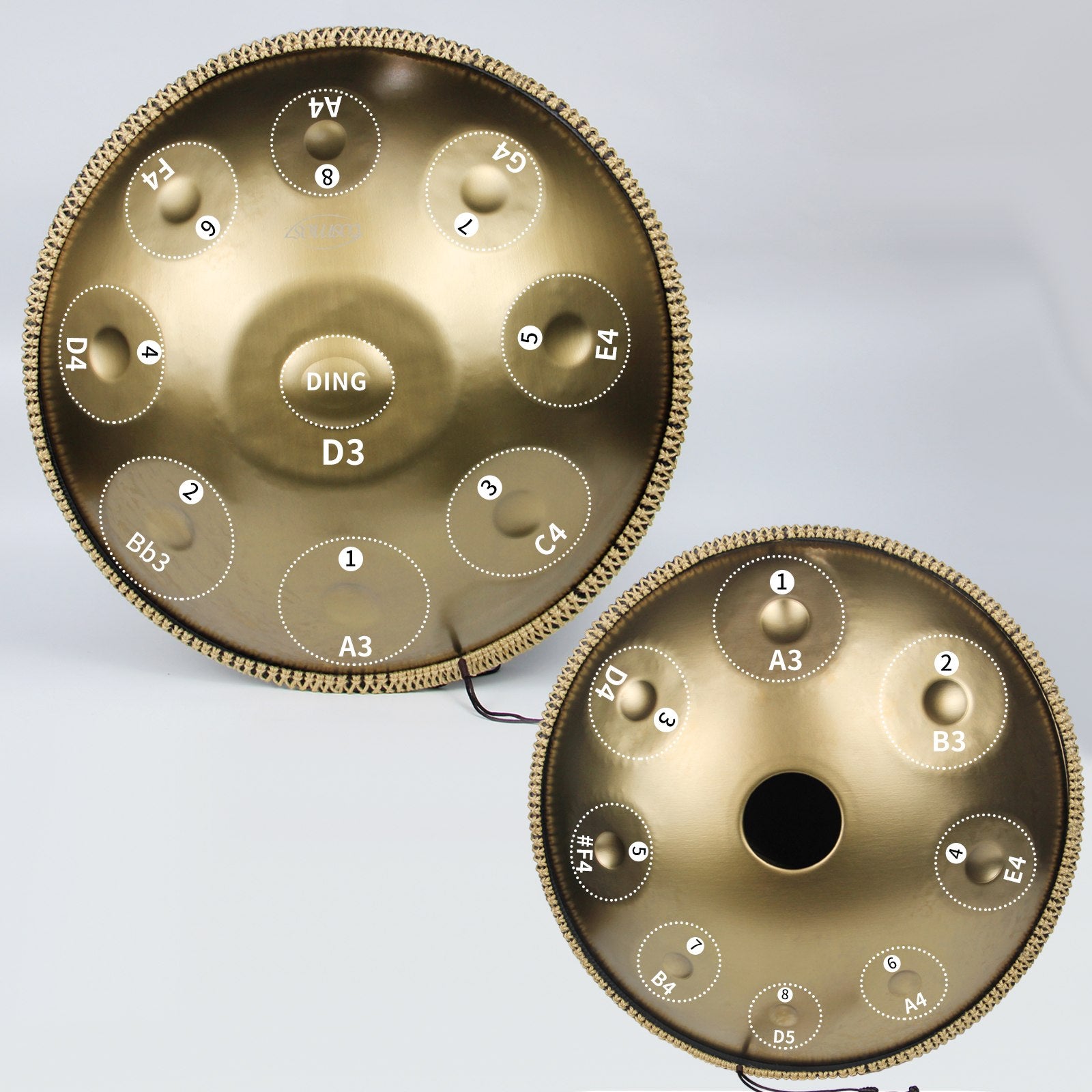There are so many fantastic handpans out there; do you know how to choose the one that is best for you? Check this guide to explore one-of-a-kindhandpans.

Handpans are becoming increasingly popular due to their distinctive sound and ability to induce a relaxing and meditative state. However, not all handpans are created equally. If you’re seeking the best authentic handpans and accessories, we have you covered.
Before we begin, we’d like to remind you that this is a difficult topic to answer because not everyone prefers the same things in a handpan. One will want a felted tone, while the other will prefer a really bright sound. Some people will enjoy the sound of striking metal, while others will avoid it at all costs.
Therefore, each handpan is unique. This offers us a wide range of options. However, it also makes it impossible to claim definitively that one handpan is superior to another or that a specific brand is the best. In this post, we’ll tell you what we think makes an excellent handpan. Using this information, you can select a high-quality handpan that is a good fit for you.
What is a Handpan?
Handpans, also known as “Hang Drums,” “pantam,” and “UFO Drums,” are musical instruments made of two convex steel sheets soldered together. They were invented in 2007 by Felix Rohner and Sabina Schärer in Bern, Switzerland. However, some argue they were developed in Trinidad and Tobago in the 1930s as an adaptation of another steel pan drum. Handpans have created a niche industry due to their uniqueness, the quality of the metal used, and the expertise required to make them. People pay a high price for these instruments due to the time and talent needed to create them. Handpans, like gamelans, can soothe the mind and body, allowing for free expression and relaxation. They are an excellent way to relieve tension or relax after a long day.
Key Considerations When Buying a Handpan
Tuning
This is the most important! This applies to all instruments: playing on an out-of-tune instrument is unpleasant. It’s better to play on a well-tuned $100 ukulele than on a $3,000 grand piano that’s out of tune.
Make sure your future instrument is not out of tune. 98% of manufacturers will provide you with well-tuned instruments, but when purchasing used equipment, you must exercise caution.
To check the tuning, you can visit the maker to listen and test it with a digital tuner. If all you have is a video of your future handpan, you can only use your ear. For any uncertainties, share your video in online groups, where experienced musicians can assist you.
The purpose is not to ensure that it is precisely tuned to the nearest tenth. You simply need to determine if the instrument is playable or if it sounds wrong and requires re-tuning.
The Quality of Sound
Of course, this is somewhat subjective. You have to ask yourself: “When I play a note, do I enjoy the sound I hear?” For some, a decent handpan produces a warm tone with body and depth. Despite the fact that the instrument is composed of metal, you may dislike the sound it makes.
The metallic sound produces “bang bang/casserole.” It is widely considered that the less you hear metal, the better the instrument. Furthermore, a simple strike between two notes or between the shoulder tone (flat surface around the ding) and a note might reveal the timber of the shell itself. The less it sounds metallic, the better.
Sustain
To sustain is synonymous with “maintain.” In the musical field, this term denotes an instrument’s ability to sustain the sound of a single note when performed. A handpan with a struck note ringing for 10 seconds has more sustain than one with a struck note ringing for only 6 seconds. Sustain is a quality criterion in the sense that hearing the notes persist and fly is both pleasurable and fascinating. This lends a very harmonic quality to the handpan.
It should be noted, however, that a handpan with excessive sustain might become unpleasant. Many players don’t love the “mega-sustain,” in which all of the notes interconnect and cover one another. As you play and change your arrangement, you may want some of the prior arrangement’s notes to become silent more rapidly because they interfere with the harmony of the new arrangement.
A short sustain will appeal to performers who prefer a more percussive style. An average sustain will appeal to the majority since it is more adaptable. Finally, a long sustain will appeal to players who want to play slowly, making it ideal for relaxation and meditation.
To recap, sustain is a quality criterion, but it is unique to your ear, taste, and personal style. It is up to you to decide what duration is appropriate based on this criterion.
Dynamics
A handpan’s tone should be clear and good, even when played very gently or silently. When playing harder, the sound fields should not “overdrive” or begin to “scream.” A decent handpan will provide you with the broadest variety of dynamics, allowing you to play both gently and loudly.
Balance
A good handpan produces notes with the same timbre, consistency, sustained duration, stability, and sound projection. The second item addressed sound quality. The question now is: do all notes produce the same sound?
A handpan should produce a balanced sound, with equal harmony in attack dynamics, timbre, sustain, and sound level throughout all notes. The handpan’s sound quality must be balanced throughout all of its notes. Note that some imbalances, such as a note that punches harder than others, can provide charm and character to the instrument.
Crosstalk
This is an extremely significant requirement. There is no crosstalk between notes, which means that they are well “isolated” from one another and that one note does not activate the next note. We use the term “activation” to describe when specific sounds induce additional notes to sound. This step is significant because we want the notes to be well separated from one another. If, for example, the C vibrates and triggers the C#, this will interfere with your playing.
Certain “activations,” also known as “resonances by sympathy,” can distinguish a scale or playing style and provide character to the instrument. It varies on your preferences, but when a deep C activates an acute ground, such as the fifth, it produces a chord. It adds harmony and color to your music.
Remember that crosstalk or excessive activation between notes is ugly. However, certain sympathetic resonances are not. It is up to you to determine how much crosstalk you can tolerate. There’ll always be some. It also depends on the instrument’s scale.
Conclusion
Remember that this is all highly subjective. Only your ear can judge sounds. However, continue to train, educate, challenge, and question your ear.
When testing out a handpan before purchasing, avoid making a hasty decision. Instead of immediately deciding, “Yes, I will buy it; it sounds excellent,” take your time to evaluate the instrument thoroughly. Test it alone and in different rooms, as the acoustics can vary. Spend time analyzing and listening carefully to ensure it meets your expectations.







